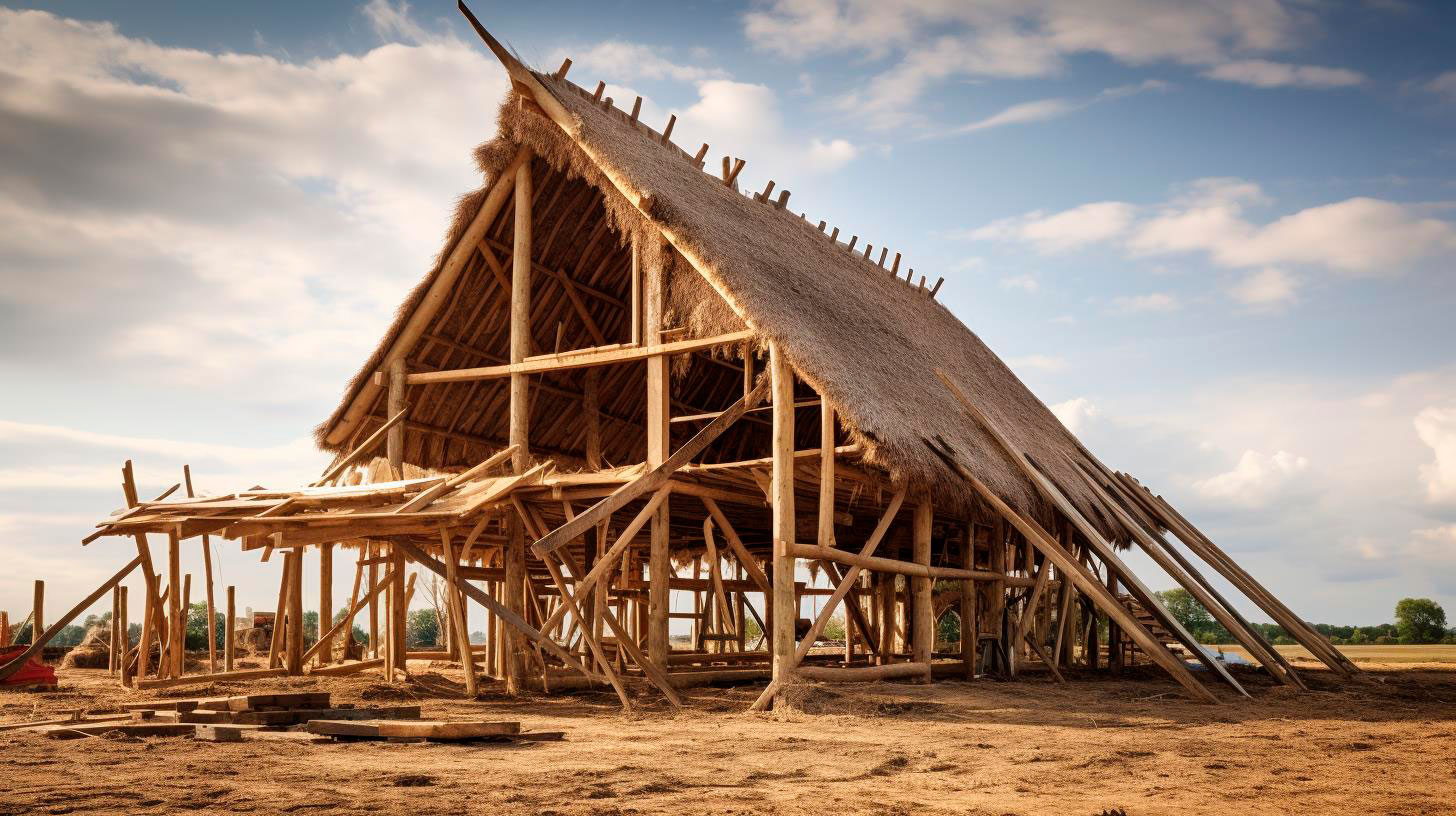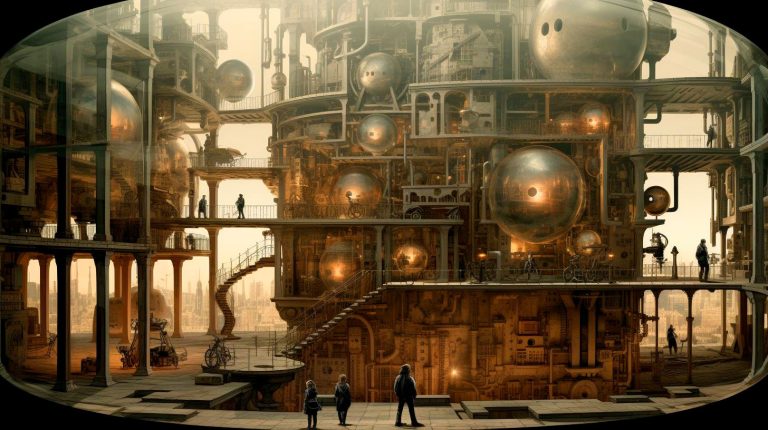As technology continues to advance, the field of architectural photography is constantly evolving, opening up new possibilities and challenges for photographers in this specialized niche.
The Impact of Technology on Architectural Photography
Advancements in digital cameras, editing software, and even drones have revolutionized the way architectural photographers approach their craft. These technological innovations have provided photographers with powerful tools to capture stunning images that were once only possible with elaborate equipment setups. Some of the key technological advancements shaping architectural photography include:
- High-resolution cameras: Newer digital cameras offer higher resolution capabilities, allowing photographers to capture intricate details and textures with stunning clarity.
- Drone photography: Aerial shots of buildings are now possible with the help of drones, offering a unique perspective and showcasing the complete structure from a bird’s eye view.
- Editing software: Advanced photo editing software allows photographers to enhance and manipulate images, adjusting lighting, color, and perspective to create the desired effect.
- Virtual reality: Virtual reality technology has the potential to transform the way architects and designers present their work. By creating immersive virtual environments, clients can experience architectural designs before they are built.
The Importance of Architectural Photography
Architectural photography serves multiple purposes, from marketing and advertisement to documenting significant architectural works. Here are the key reasons why investing in professional architectural photography is essential:
- Showcasing architectural design: High-quality photographs effectively communicate the design intent and unique features of a building. These images serve as a visual representation of an architect’s vision and offer an opportunity to showcase their expertise.
- Attracting potential clients: Professional architectural photography helps attract potential clients by visually communicating the value and aesthetics of a space. Compelling visuals can make a significant impact on a client’s decision-making process.
- Promoting real estate projects: Real estate developers rely on stunning architectural photographs to market their projects. Eye-catching images generate interest, increase visibility, and enhance the perceived value of the property.
- Documenting architectural heritage: Architectural photography plays a crucial role in documenting historically significant structures, preserving their beauty for future generations to appreciate.
The Future of Architectural Photography
As technology progresses, the possibilities within architectural photography continue to expand. Here are some potential trends and developments expected to shape the future of this field:
- Smartphone photography: With the increasing quality of smartphone cameras, more architects and designers are embracing this convenient option for capturing architectural images.
- 360-degree photography: Providing viewers with an immersive experience, 360-degree photography can give an interactive tour of architectural spaces.
- Incorporating virtual reality: Virtual reality can revolutionize the way architectural photography is experienced. With VR headsets, clients can virtually walk through spaces and interact with designs.
- Artificial intelligence: AI-powered camera systems could potentially automate certain aspects of architectural photography, such as image composition and lighting adjustments.
Conclusion
Architectural photography is an ever-evolving field that constantly adapts to advancements in technology and changing trends. The ability to capture the unique characteristics of buildings and spaces is essential for architects, designers, and real estate developers. As technology continues to push boundaries, the future of architectural photography promises even more exciting possibilities.
By investing in professional architectural photography, individuals and organizations can effectively communicate their vision, attract potential clients, and document architectural treasures for future generations to appreciate. With the ongoing evolution of technology, this field is set to transform in unimaginable ways, creating new opportunities and challenges for photographers specializing in architectural imagery.


















+ There are no comments
Add yours